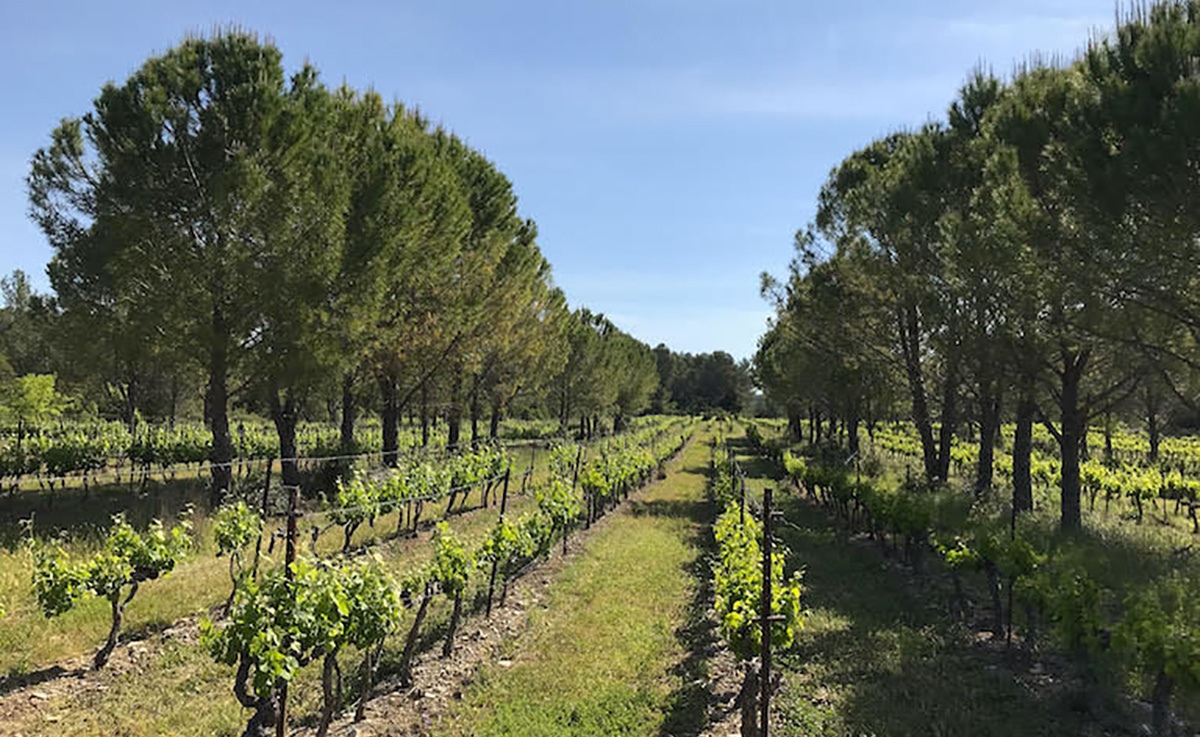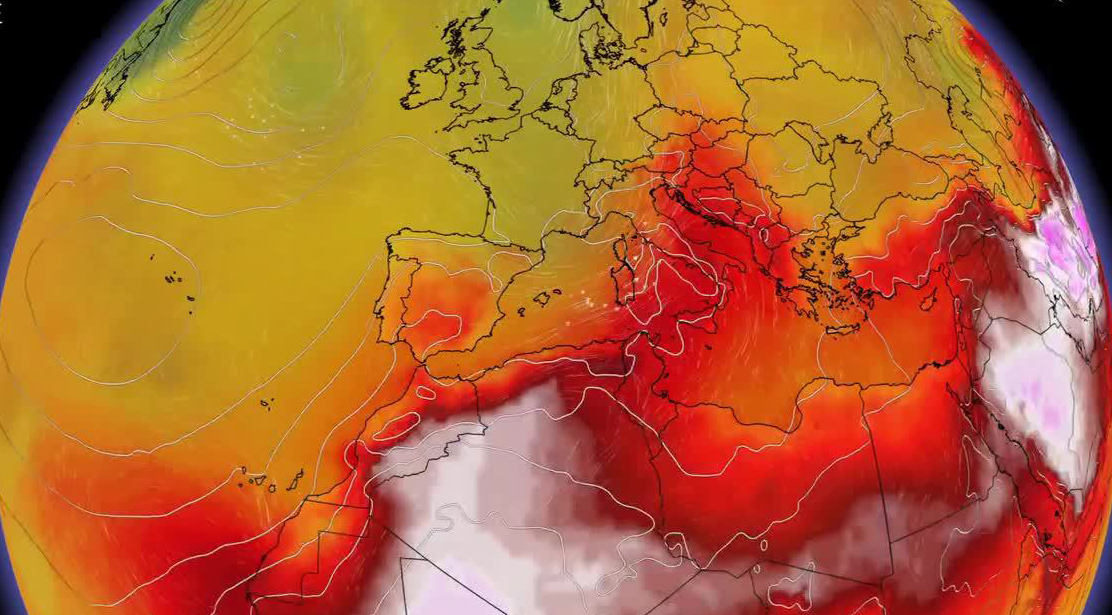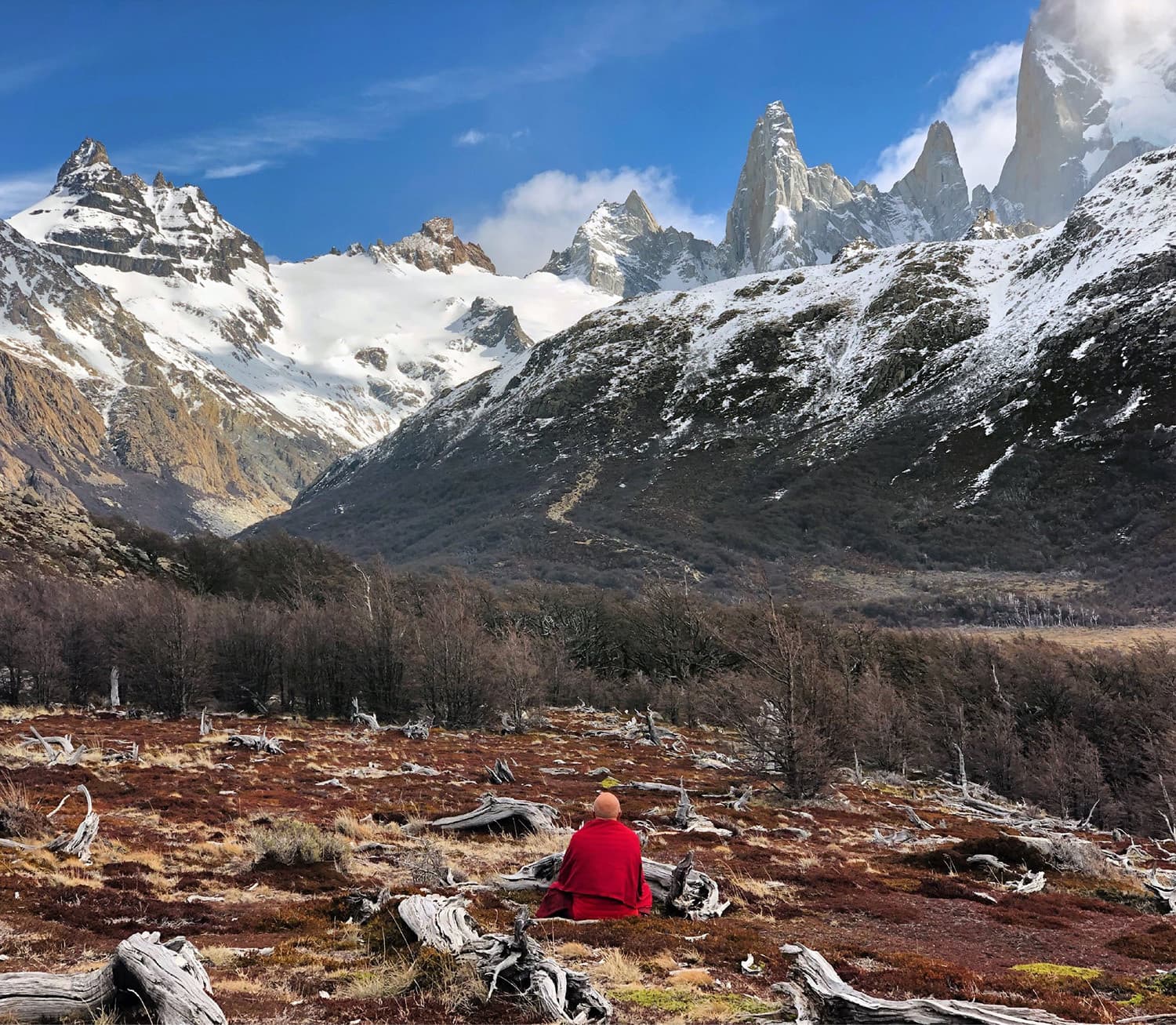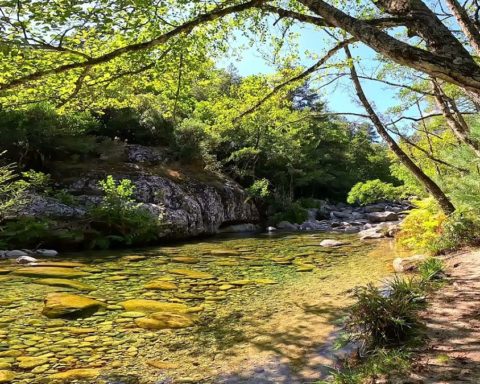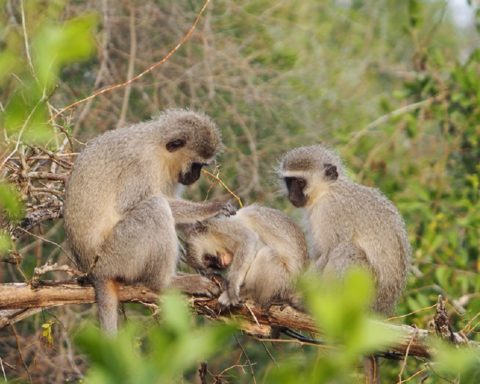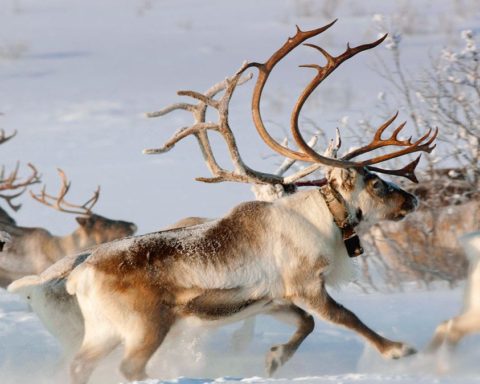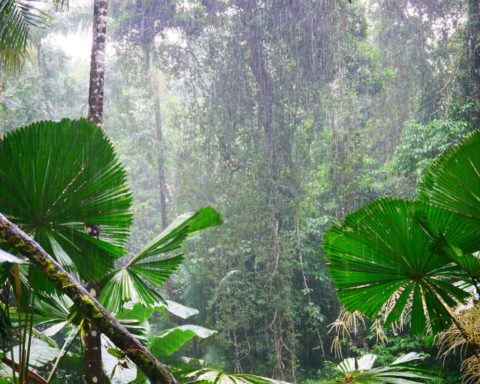Climate change is affecting the growth of grapes used in winemaking, causing them to ripen much too early. As a result, the quality and character of the wine is altered. But new research confirms that planting trees in vineyards could help winegrowers adapt to successive climate changes.
In the South of France, the vineyard landscapes are changing. Alongside the usual lines of carefully tended vines, there are rows of trees that offer the shade of their foliage to the precious grapes. Microclimates are thus created, offering many benefits for biodiversity, and making it possible to contain the ripening of the bunches in order to obtain a better quality wine. In addition to the shade provided by the trees in the vineyards, they not only increase the vine's tolerance to extreme temperatures but also to frost, they create islands of biodiversity favourable to the development of beneficial insects for the plantations, and finally the trees sequester large quantities of the CO2 released into the atmosphere. Agroforestry, this ancient farming method, relegated to oblivion by intensive agriculture, is making a strong comeback and is now recognized as a first-rate solution to counter the effects of climate change.
Controlling the microclimate of the vine
Controlling the microclimate of the vine is an essential factor in producing quality grapes. Also, phenomena linked to climate change, such as an increase in average temperatures, drought and heat waves, wind turbulence or stormy rainfall, can have negative effects on crops.
Higher average temperatures accelerate the ripening of the grapes, which leads to a decrease in acidity and an increase in sugars in the fruit. This raises the alcohol content of the wine and modifies other compounds in the grape that affect aroma and flavor. " Wines are becoming fuller-bodied, more alcoholic and riper, " an Italian winemaker said in Bloomberg in late 2019. A transformation that poses a real problem for winegrowers who want to market particular wines with established characteristics.
With global warming, this is becoming increasingly difficult, and the best growing areas for many types of grapes are moving north, to the United Kingdom, Germany, and Sweden in the case of Europe, and to the Pacific Northwest from California in the United States.
Vitiforestry
In the South of France, the arrival of the ripening grapes is today two to three weeks earlier than 50 years ago. Some winegrowers have found a solution: they are adapting by preventing their traditional varieties from ripening too early, simply by planting trees.
This is the case of the experimental farm of Restinclières near Montpellier: trees are grown in combination with vines. This agroforestry system implemented with INRAE increases cooling and humidity levels while sequestering atmospheric carbon.
Syrah and Grenache vines planted in alternation with rows of trees arranged at precise distances are carefully studied to understand whether ripening can be delayed by the effects of shading, windbreaks and tree evapotranspiration.
The presence of trees will indeed modify the different energy flows and have an influence on the behaviour of the vine. The implantation of rows of trees in the middle of the vine will modify the amount of available radiation (solar and infrared) and turbulent energy.
The coupling of radiative and turbulent flows controls air temperature and humidity, which depend on how the system dissipates this energy. This energy is divided into sensible heat flow (which heats the atmosphere), latent heat flow (by evapotranspiration) and air/ground conduction flow (which heats or cools the ground). By modifying the energy flows, the agroforestry system can modify the vine's water balance, the duration of leaf wetting or the exposure of the bunches of grapes.
Good harvest
As founder and coordinator of the Integrated Agroforestry Research Programme at Restinclières in the Hérault (PIRAT), Christian Dupraz, a senior researcher at INRAE, personally planted the vines here in 1996 and still coordinates field research today. " The 2019 harvest was very good, of high quality " he says. All the more so as the region experienced a heat wave at the end of June 2019 that reached 44° Celsius in the shade, causing damage in many vineyards in the region (leaves and grapes were "burnt") - but not in Restinclières, probably due to the presence of trees.
If it is the result of the trees, says Christian Dupraz, " It would be an excellent incentive for agroforestry of the vine ... and three years ago we had a late frost and among the trees, we had no frost damage ". Regarding the latter event, it should be noted that the conventional vineyards in the area had completely lost their crops; all indications are that if Restinclières had not been affected, it may have been because the trees had created a slightly warmer microclimate of air from the infrared radiation from the canopy of the trees.
Beyond protection against extreme weather events, the main role of the trees is above all to delay the ripening of the grapes. Christian Dupraz confirms that their seasons were indeed long enough to benefit from the cooler nights of September, thus avoiding the August ripening experienced by most of the region's vineyards, and thus providing a better quality product.
The INRAE researcher refutes a criticism that is sometimes leveled at the planting of trees in vineyards. He observes that the shade of the trees causes only a very small drop in the yield of the vines: " the vines closest to the trees on the north side have a slightly lower yield, but not much ".
However, he notes differences according to the species of trees planted. Two kinds of pine (Pinus pinea and Pinus brutia) as well as two kinds of cypress (Cupressocyparis leylandii and Cupressus sempervirens), a pear tree (Pyrus communis) and a report tree (Sorbus domestica) were being tested among the vines.
For a reason not fully clarified, it has been shown that P. brutia damages vines, perhaps through allelopathic chemicals, i.e. produced by the plant itself, but P. pinea has been shown to be beneficial. In fact, the latter pine and other trees also provide habitat for beneficial insects that feed on the mites that damage nearby vines, suggesting another advantage to incorporating trees into vines.
The researcher also notes other benefits, such as a lower incidence of mildew in row vineyards, as well as higher levels of acidity and tannin in the grapes, which is very positive for the quality of the wine produced. Finally, if winegrowers could sell carbon credits for incorporating trees into their operations, this could also increase the economic resilience of the vineyards, he adds.
Changing the methods of wine production will quickly become an emergency. Indeed, American and French researchers from the French National Institute for Research in Agriculture, Food and Environment (INRAE) have established in a recent study that more than half of today's wine-growing regions could disappear with global warming of 2 degrees, the objective of the Paris agreement, and up to 85% with a warming of 4 degrees.
Unsurprisingly, regions with an already warmer climate would suffer the greatest losses, with Mediterranean countries such as Italy and Spain losing around 65% of their vineyards.
Source : Mongabay

